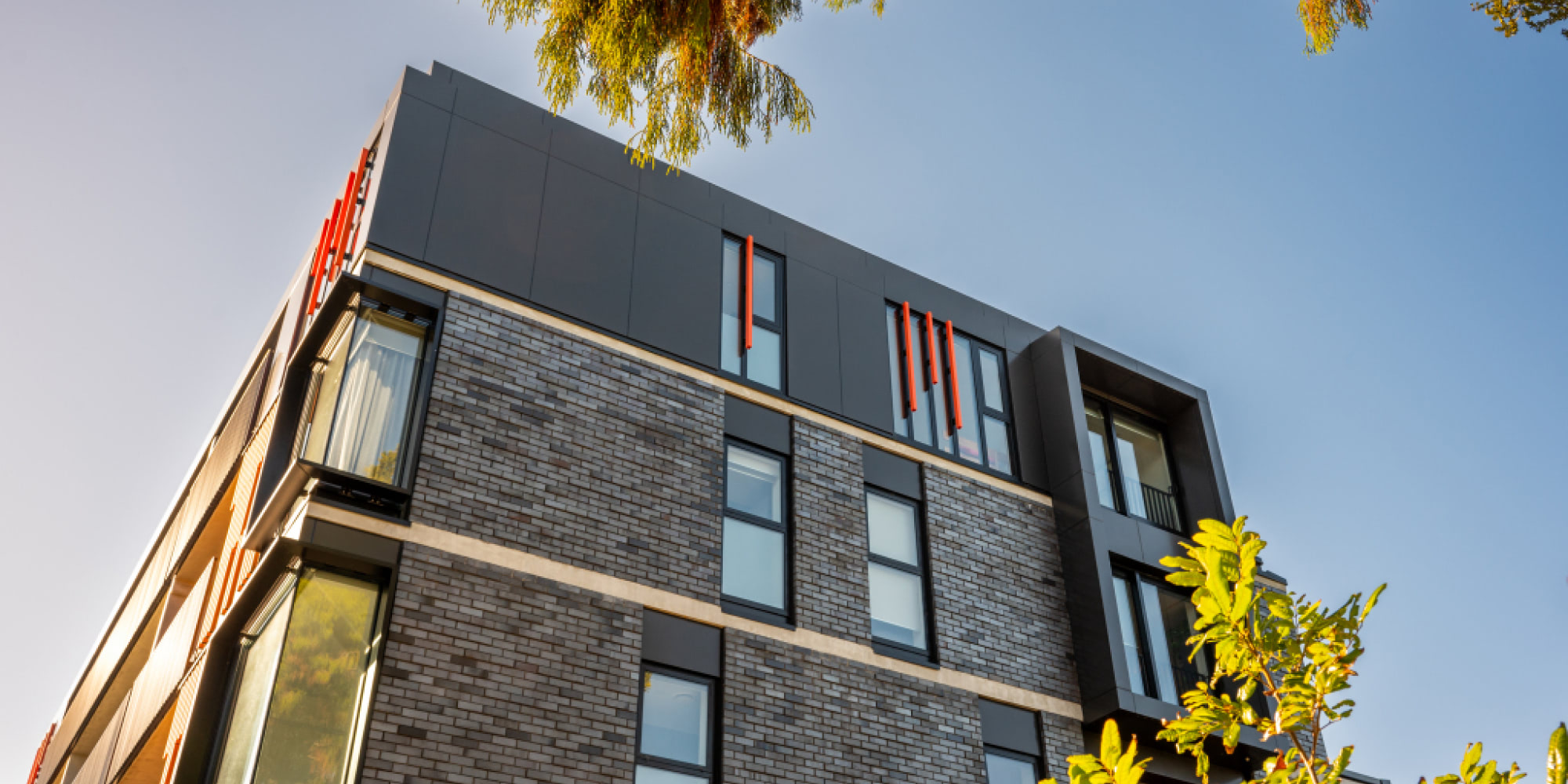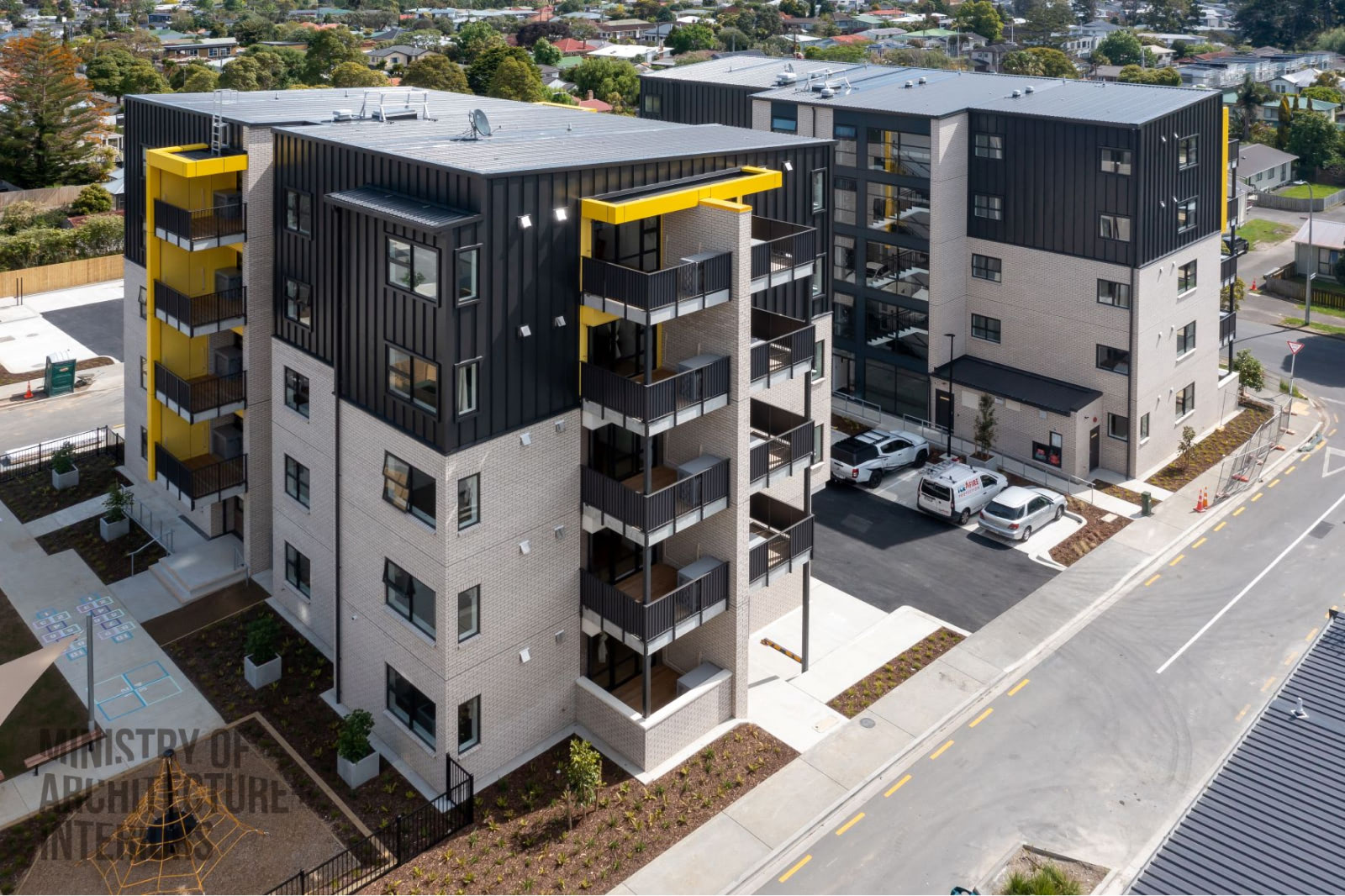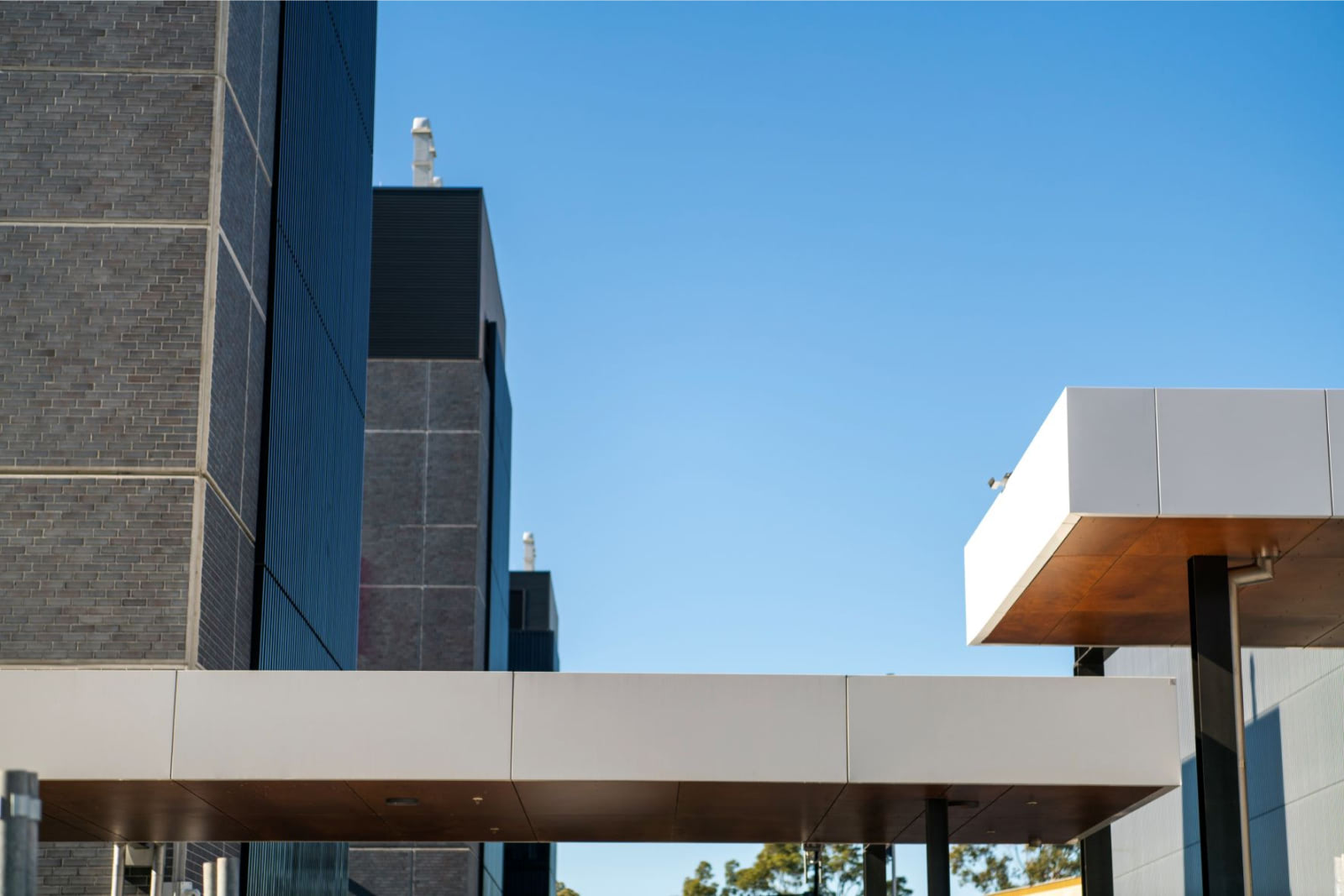
Understanding life cycle assessment and the use of aluminium in buildings
From construction to eventual demolition, buildings take up energy and impact the environment. Transporting materials, turning those materials into usable products, using them to construct a building and then demolishing that building many years later require energy and will affect the world. As we become more aware of our impact on the world, increasing attention is being put on the overall environmental impact of the various materials used in creating buildings. The more we understand the materials we use and how they impact the environment we live in, the more we can improve. Using methods like Life Cycle Assessments, we can fully look at a building’s life cycle to further understand the energy and materials that go into them.

What is life cycle assessment?
Life Cycle Assessment, also known as LCA, is a scientific method that looks at certain factors to try and determine the full environmental impact of a service, process or product. It offers a meticulous way of looking at a material’s sustainability, resource use, carbon emissions and environmental impacts of a material from the moment it’s mined to when it’s destroyed or recycled.
How understanding life cycle assessment and the environmental impact of building materials can improve buildings and construction
Although Life Cycle Assessment has been used for many years, it has only recently been applied to buildings and the construction industry; fully understanding a building’s environmental impact is not easy. Understanding the full environmental impact of a building and its construction requires an assessment of the building’s life cycle, from mining the materials to demolition. This is particularly difficult because buildings are composed of many materials, including concrete, metals, wood and more. Each material type must be obtained, manufactured, transported and so on. Each of these steps can have its own environmental impact.
With so many factors to look at, how can the full impact of a building be measured?
To truly understand a material, you must look at its entire life cycle, from when it’s extracted to its end-of-life stages. Understanding each step can allow you to see how even materials with a high initial investment can save resources in the end through recycling or energy recovery when disposed of. Like how some equipment or fixtures have a high upfront cost but can save money in running costs, certain materials and processes may cost more in energy to use but may end up being more reliable in the long run. So, when selecting materials, one shouldn’t only look at upfront costs or investments.

Aluminium usage in modern buildings
Aluminium is one material, in particular, that is very popular in construction and many other industries. A large amount of global in-use aluminium is used in buildings. This is because aluminium is an incredibly versatile material with many great qualities that lend themselves well to construction projects. It’s lightweight, durable, relatively easy to use and there are large resources of it on earth. In addition, aluminium is 100% recyclable. Aluminium is used in many kinds of products, so the aluminium found in a building may have different lifespans. In construction, aluminium can be used anywhere from indoor furniture to the panels on the building’s facade. Many people only view aluminium when it’s in a single type of product or as a building material. Still, it’s important to look at how it functions in a building as a whole to truly understand its environmental impact.
The various life cycles of aluminium used in products and construction materials
As aluminium is mined and transformed into usable products, it goes through several stages that each have different energy investments and environmental impacts. These stages are:
-
The extraction stage involves the mining and production of raw materials that are used in the production of aluminium. This stage actually has fewer environmental impacts than the production process. The main question for this stage is: ‘What specific materials are in the product, and how are those materials obtained?’
-
This stage concerns the refining, smelting, casting and manufacturing that goes into the production of aluminium products. It’s at this stage that recycled aluminium is reincorporated into usable products. This process also includes packaging and transportation. So, this is the stage in aluminium’s life cycle that has the greatest environmental impact. The main questions for this stage are ‘How are these products made? What impacts do these processes have?’
-
The use stage for any aluminium material or product involves the usage, maintenance, repair or replacement of that product. This stage is where we look at the trade-offs between material choices like life cycle costs, maintenance and constructibility, as well as operational costs. The main questions for this stage are ‘Is durability important? What’s needed to keep this product functioning? Is it more efficient to keep maintaining the product or routinely replace the product?’
-
This is the final stage in the life cycle of aluminium. This stage includes the demolition, sorting, collection and treatment of the products after they are done being used. As mentioned above, aluminium is very recyclable, and most is recycled after demolition. The main questions of this stage are ‘How will this product be recycled and or reclaimed? How can we measure the benefits of reusing this product?’
Learn more about using high-quality aluminium in your building
Aluminium is a very popular material used in New Zealand buildings due to its many great qualities and lovely natural appearance. At Paneltec, we use aluminium in many of our products so that you can fully enjoy the material’s marvellous practical and visual benefits.
With Paneltec, you can make your building’s facade beautiful with this sustainable material. To learn more about how to use high-quality aluminium in your building’s facade, we encourage you to contact our team. Visit our contact page or call 09 439 4357.
Contact UsOrder Free Samples
Experience and experiment with any of our products first hand in the profile, colour and finish of your choice.
Technical Documentation
View and download product manuals, CAD files, safety data sheets, warranty details, maintenance information and more.